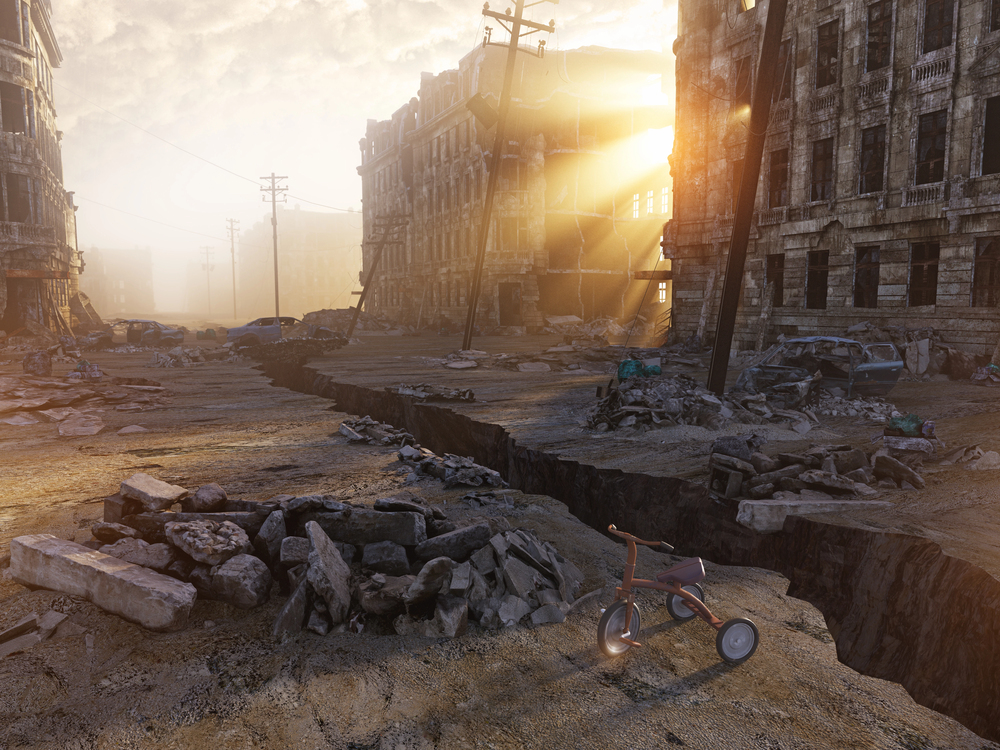
As the earth trembles and the sirens wail, what follows can feel like something straight out of a disaster film, but for millions in the Pacific, this week’s 8.8-magnitude quake off Russia’s Kamchatka Peninsula was very real. With tsunami warnings spreading from Japan to the US West Coast and evacuation advisories impacting more than a million people, the incident has left many shaken, nervous, and looking for answers. Here’s what you should know about what occurred, why it’s significant, and how to remain centered and ready both physically and mentally when the ocean becomes volatile.
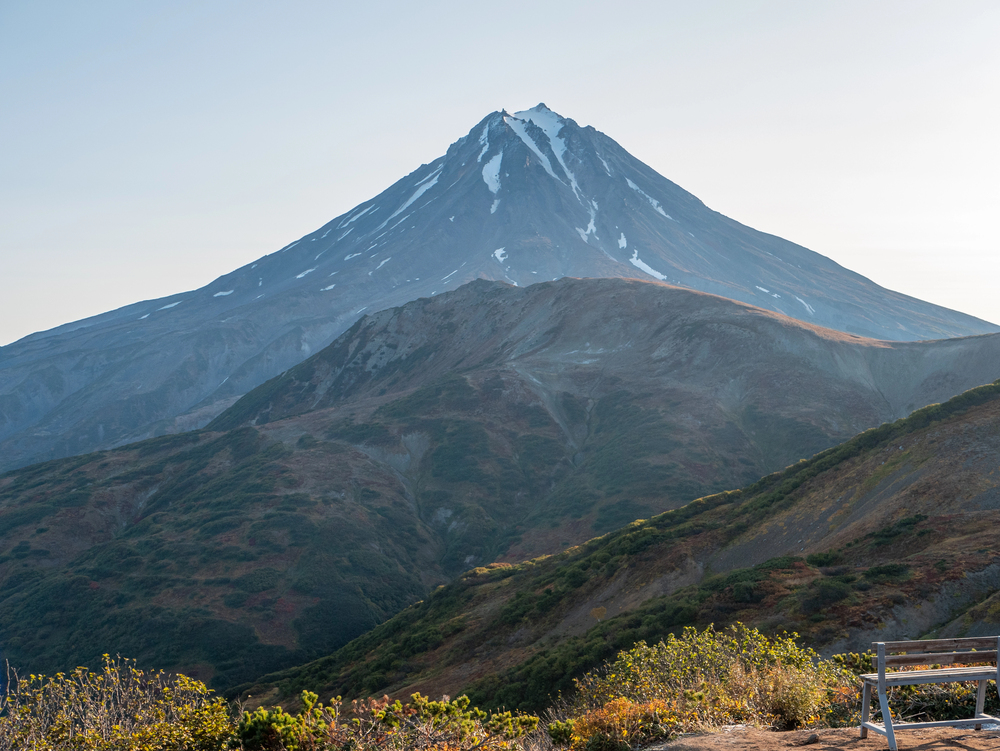
1. The Earthquake That Rocked the Pacific and Its Record-Breaking Scale
This was no ordinary shake. The quake hit at a depth of 19.3 kilometers, focused 126 kilometers southeast of Petropavlovsk-Kamchatsky, a city situated on Russia’s Avacha Bay. Seismologists were swift to acknowledge the scale: an 8.8-magnitude quake, one of the ten strongest earthquakes on record and the largest on the planet in more than a decade. As Kamchatka Governor Vladimir Solodov put it, it was “serious and the strongest in decades of tremors.” The shallow depth of the quake served to magnify its effects, sending seismic waves around the Pacific and activating a tsunami flood alert cascade.
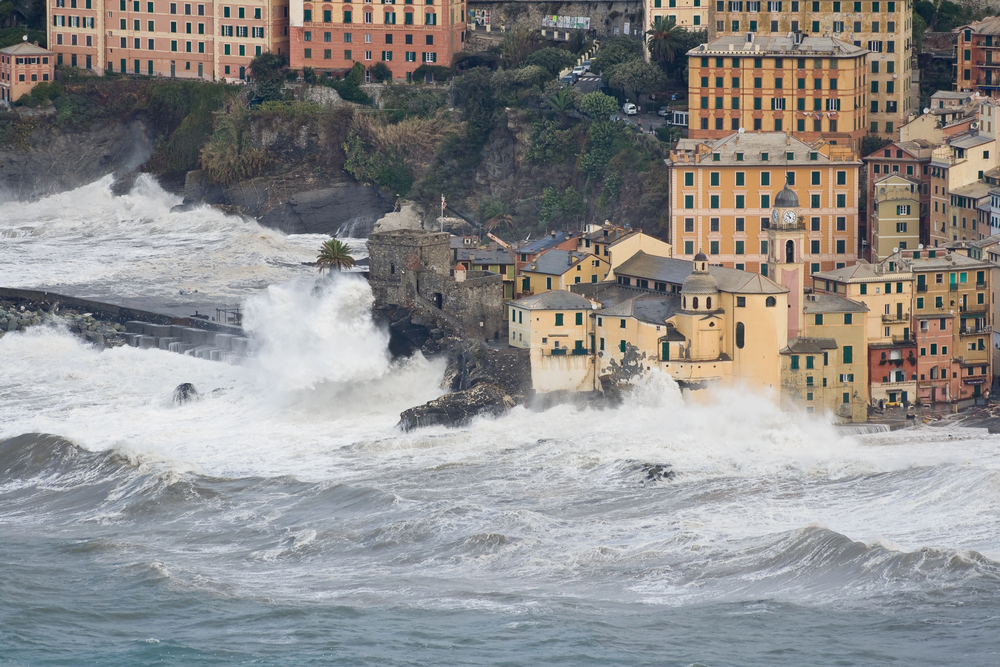
2. Tsunami Alerts: From Japan to California, and Beyond
Within minutes, tsunami warning systems went into high alert. The US Tsunami Warning System alerted “hazardous tsunami waves” for Russia, Japan, Alaska, and Hawaii, with watches and advisories spreading to Guam, Micronesia, and as far as Ecuador and Peru’s coastlines. In Japan, recollections of the devastating 2011 tsunami lingered as authorities directed more than 900,000 residents in 133 municipalities to seek higher ground or safe buildings, crying, “Those who are close to the coast should go immediately to higher ground or safe structures.”
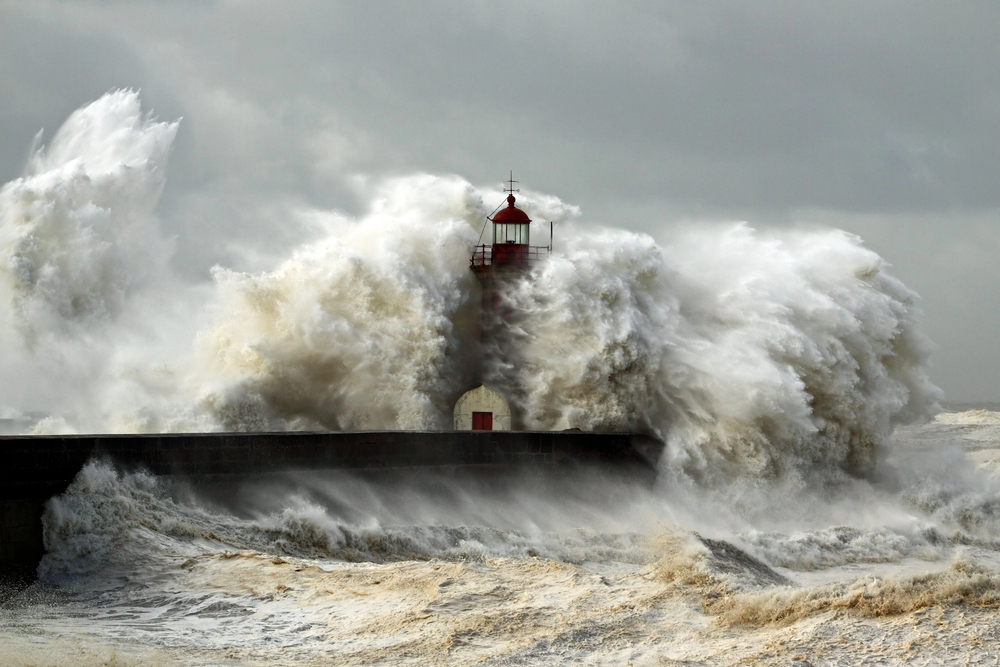
Sirens blared across Hawaii, where citizens were instructed, “It is not a normal wave. It will literally kill you if you are hit by a tsunami,” said Governor Josh Green. On the American mainland, advisories reached from California to Alaska, and even British Columbia sent out alerts for coastal communities. In Severo-Kurilsk, Russia, tsunami waves were as high as 5 meters, evoking a state of emergency and electricity outages.

3. Real-Time Safety: Evacuation Procedures and What to Do
With a tsunami warning, time is of the essence. Emergency managers advise: “Get to high ground as far inland as possible.”. Be alert to signs of a tsunami, such as a sudden rise or draining of ocean waters. Listen to emergency information and alerts. Always follow the instructions from local emergency managers. Evacuate: DO NOT wait! ” In Hawaii, most coastal zones were cleared within 40 minutes of the alert, with roadblocks and emergency broadcasts guiding residents to safety. In Japan, evacuation drills and clear signage facilitated people’s rapid movement to higher ground. The main takeaway: Don’t wait for official word if you observe natural warning signs; get to safety immediately.
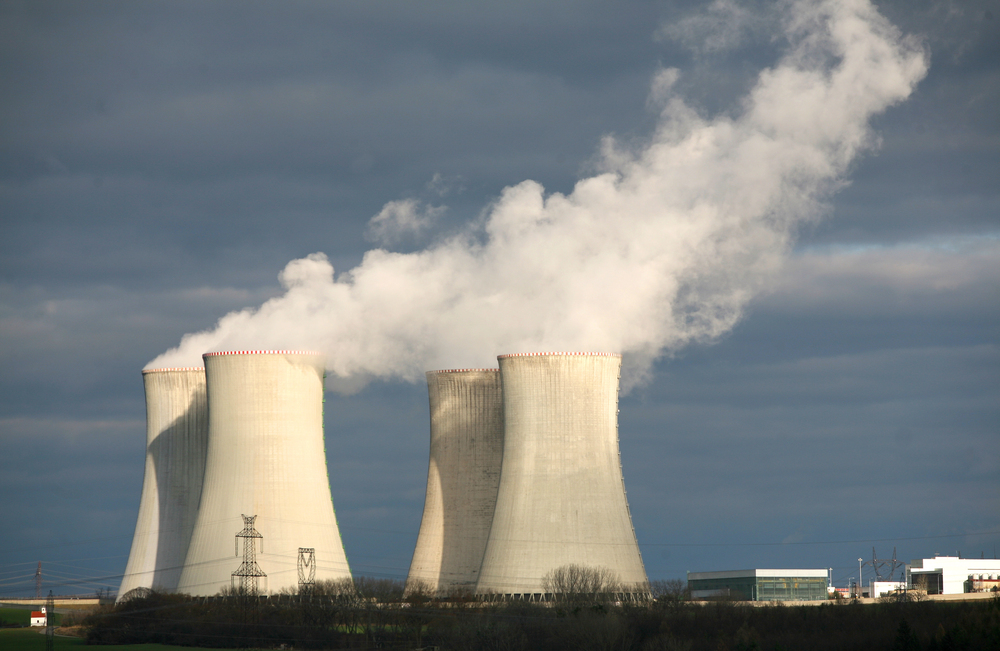
4. Infrastructure and Nuclear Plant Safety: Lessons from the Past
The fear of nuclear disaster cast a shadow over the region, particularly in Japan, where the 2011 tsunami resulted in the Fukushima meltdown. This time, Fukushima workers were evacuated precautionarily, and “no abnormalities have been observed at the site,” plant officials assured. Around the world, nuclear plants in tsunami regions are being upgraded with next-generation flood protection systems such as higher flood walls, debris shields, and passive, redundant safety devices that operate even in the case of power failure. As experts warn, “no single protective measure or strategy can completely eliminate all risks.” An integral solution to safety, relying on a mix of various protection equipment and devices, is therefore paramount.
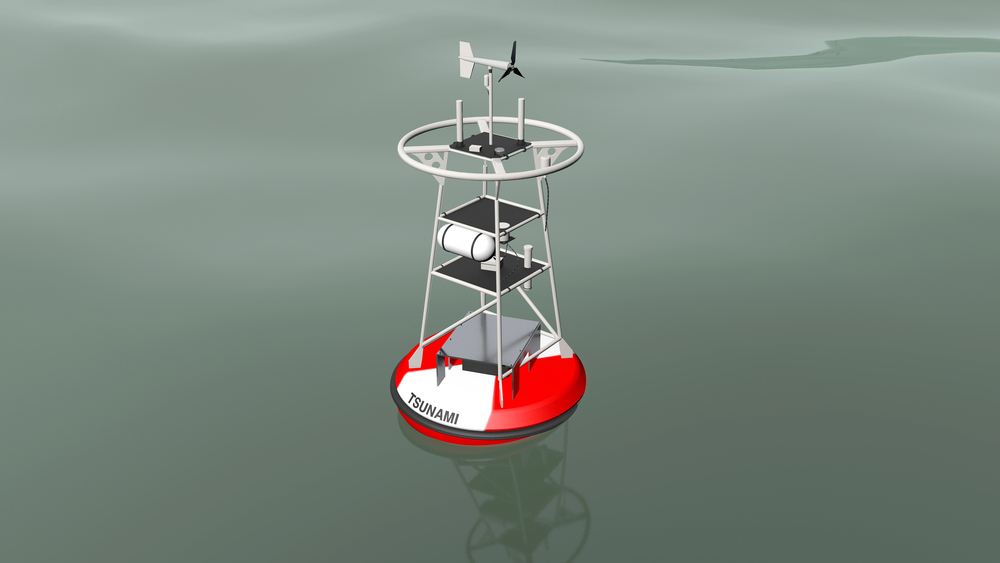
5. How Tsunami Early Warning Systems Work and Why They Matter
The Pacific’s far-reaching array of tsunami warning centers, buoys, and satellite-linked sensors is intended to gain valuable time. NOAA’s Deep-ocean Assessment and Reporting of Tsunami systems track real-time sea-level changes, feeding the data to warning centers that sound the alarm and model wave effects. These systems are not flawless, particularly for landslides or volcanic eruptions, which cause tsunamis, but they’re an important line of defense. Public education, evacuation maps that are easy to read, and routine drills all prepare communities to move quickly when seconds matter.
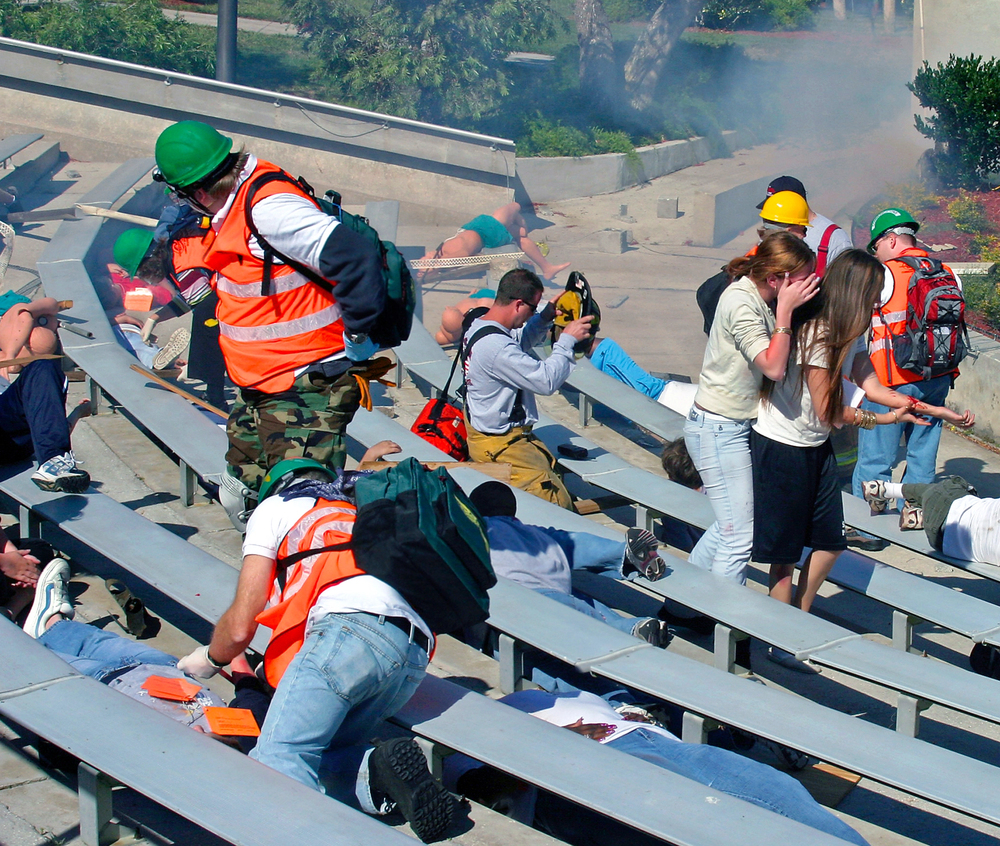
6. Community Preparedness: Why Practice Makes Peace of Mind
Preparedness is not only about a family plan or a go-bag (although those are necessary!). Preparedness is understanding your local evacuation routes, being able to practice drills, and remaining in touch with your neighbors. As one Pacific community organizer described it, “Thriving communities provide a safe place for people to feel a sense of belonging, to connect and share, and to feel accepted.”
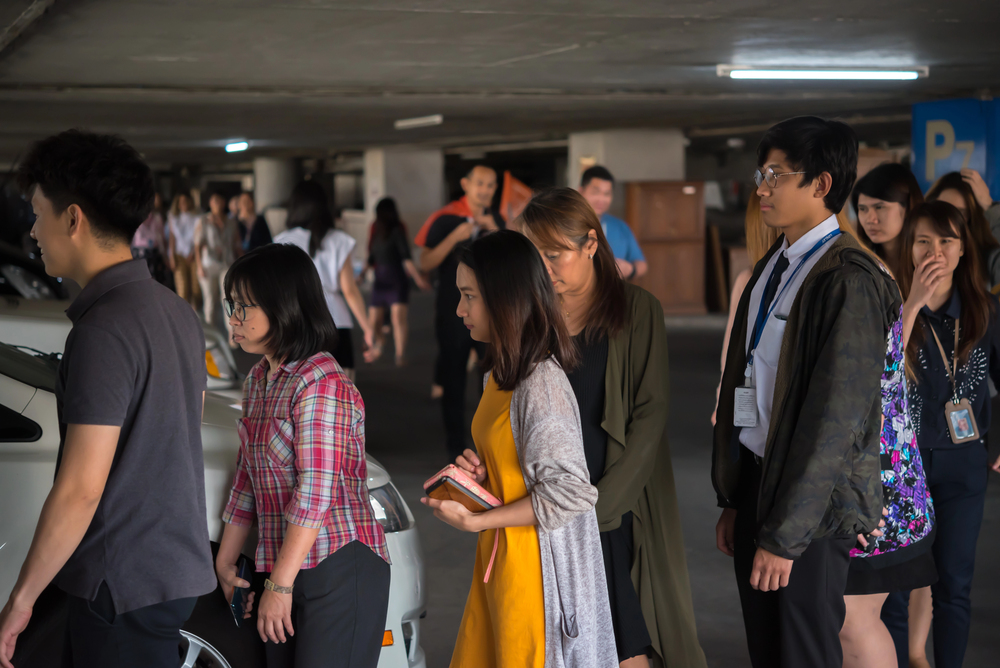
Routine earthquake and tsunami practice drills, such as New Zealand’s ShakeOut, enable individuals to “drop, cover, and hold on” and then practice walking their evacuation path, so muscle memory sets in when adrenaline flows. “Rehearsing the drills can reduce some fear of the event because it makes you better prepared for what to do in the event of an earthquake or tsunami. This, thus, might provide you with a feeling of some control.”

7. Emotional Wellbeing: Managing Anxiety and Uncertainty
It’s perfectly natural to feel disturbed after a disaster warning, particularly for children, the elderly, or anyone with a history of trauma.” Experts highlight that “the emotional impact that disaster has can at times be even more destructive than the economic pressures of loss and damage.” Shock, fear, sadness, and even anger or guilt are typical reactions. To help yourself and loved ones: adhere to routines, discuss feelings, and use soothing strategies such as deep breathing or progressive muscle relaxation. For children, restricting exposure to news coverage and assuring them that grown-ups are doing what it takes to keep everyone safe can be highly effective.
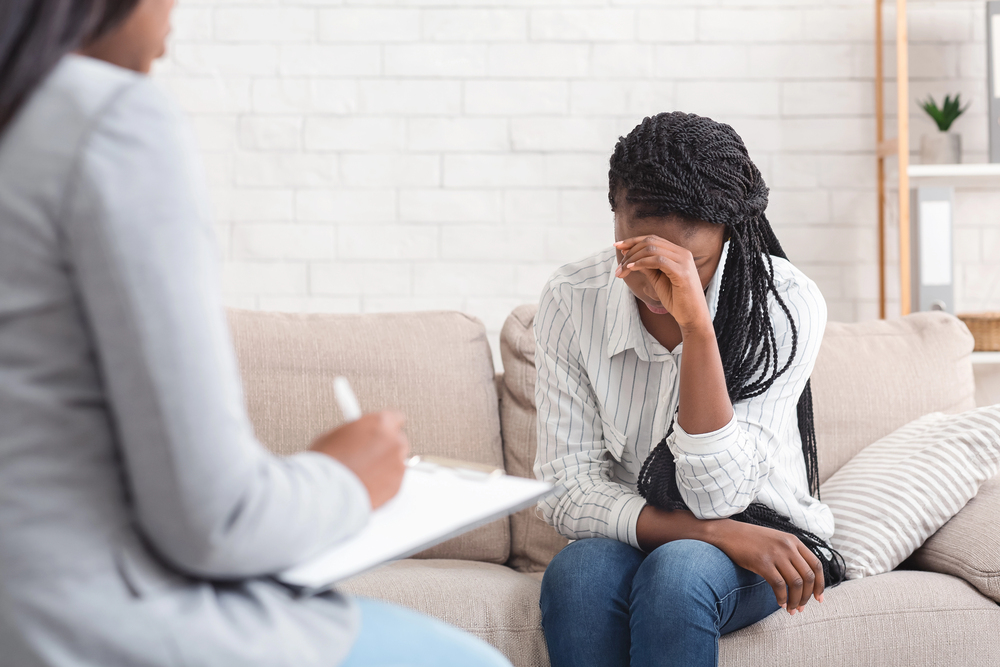
When stress seems too much or doesn’t go away, calling counselors or support lines is a sign of strength, not a weakness. Being informed, connected, and ready isn’t only about making it through the next big wave it’s about developing resilience and calm of mind, regardless of what the Pacific dishes out.


